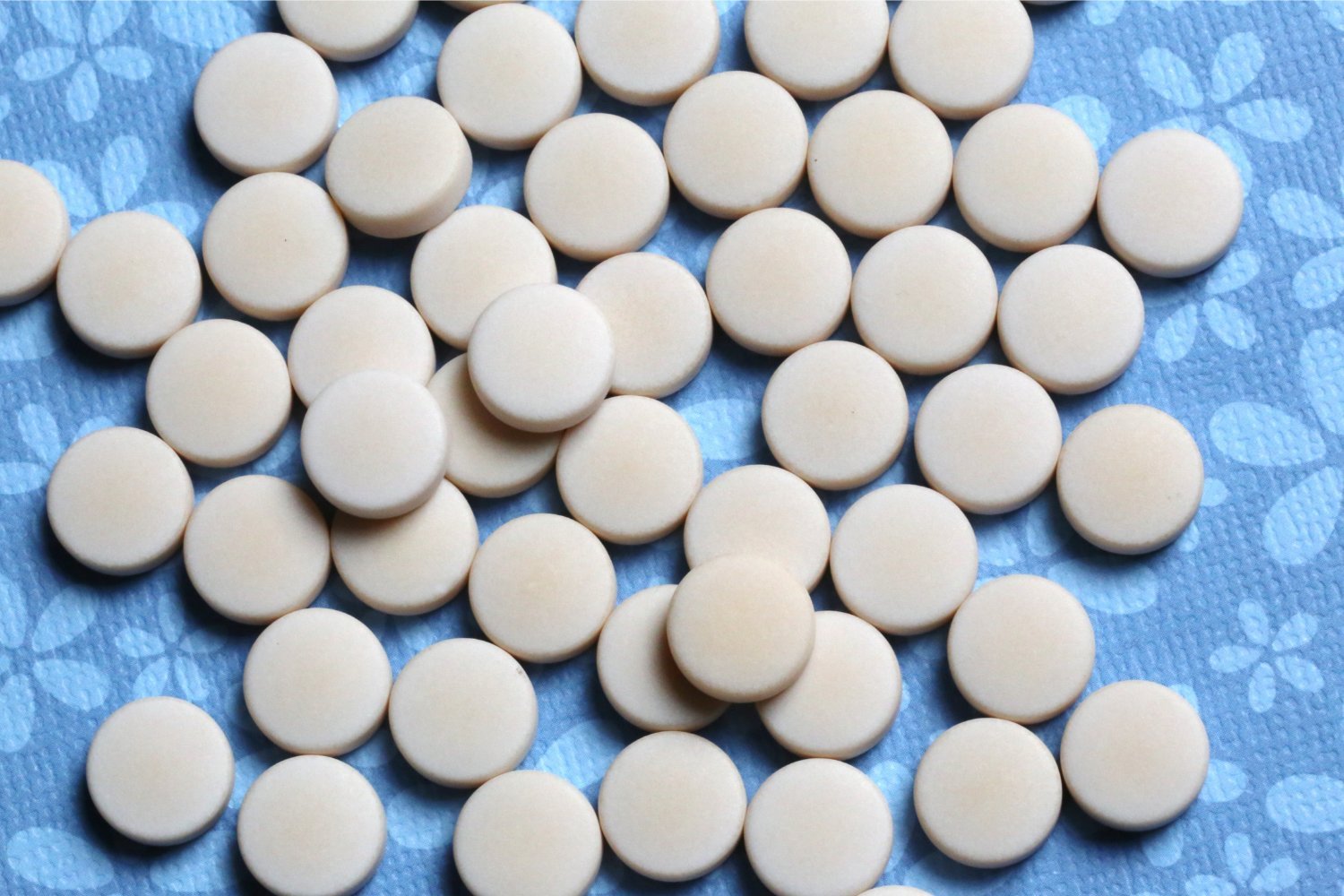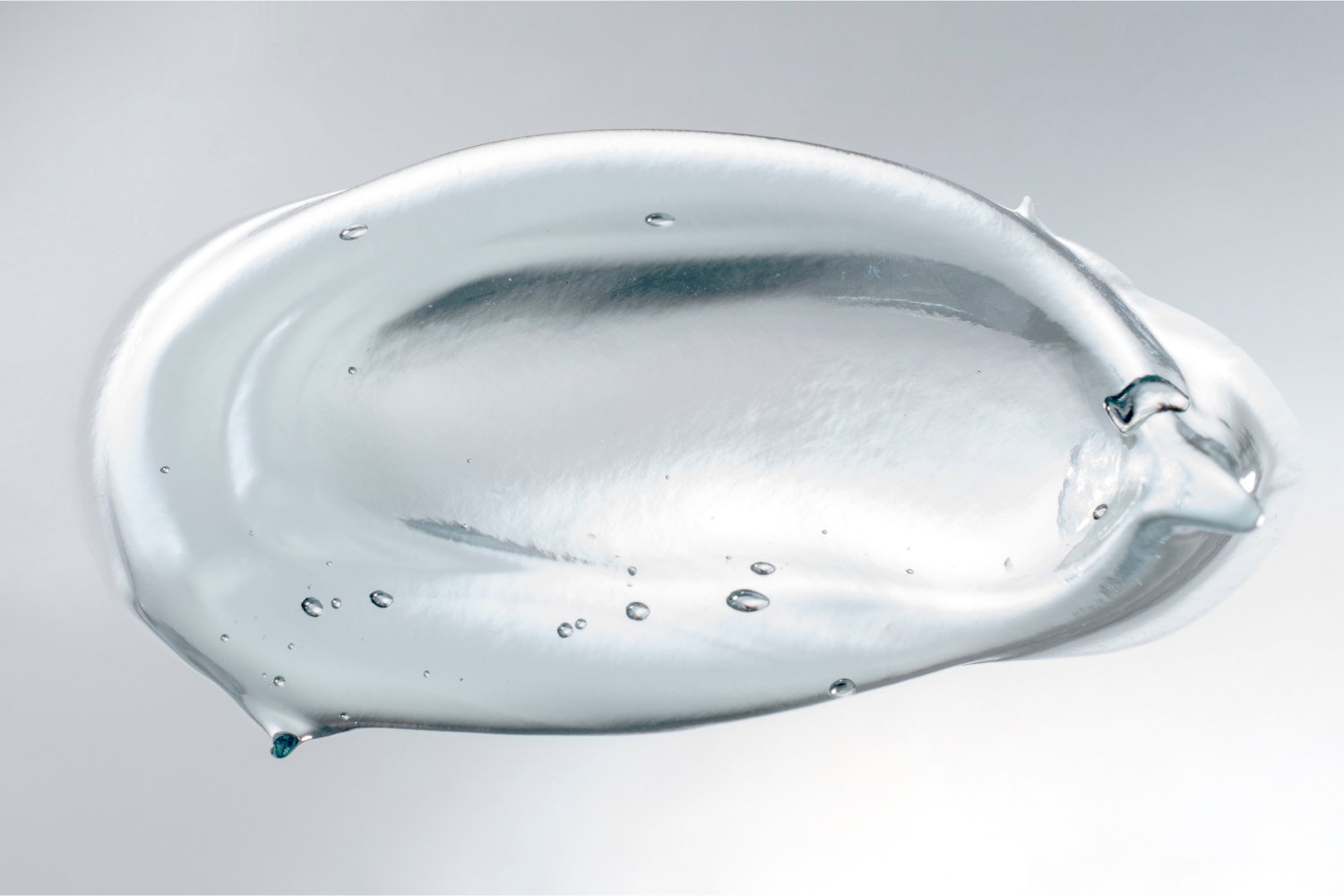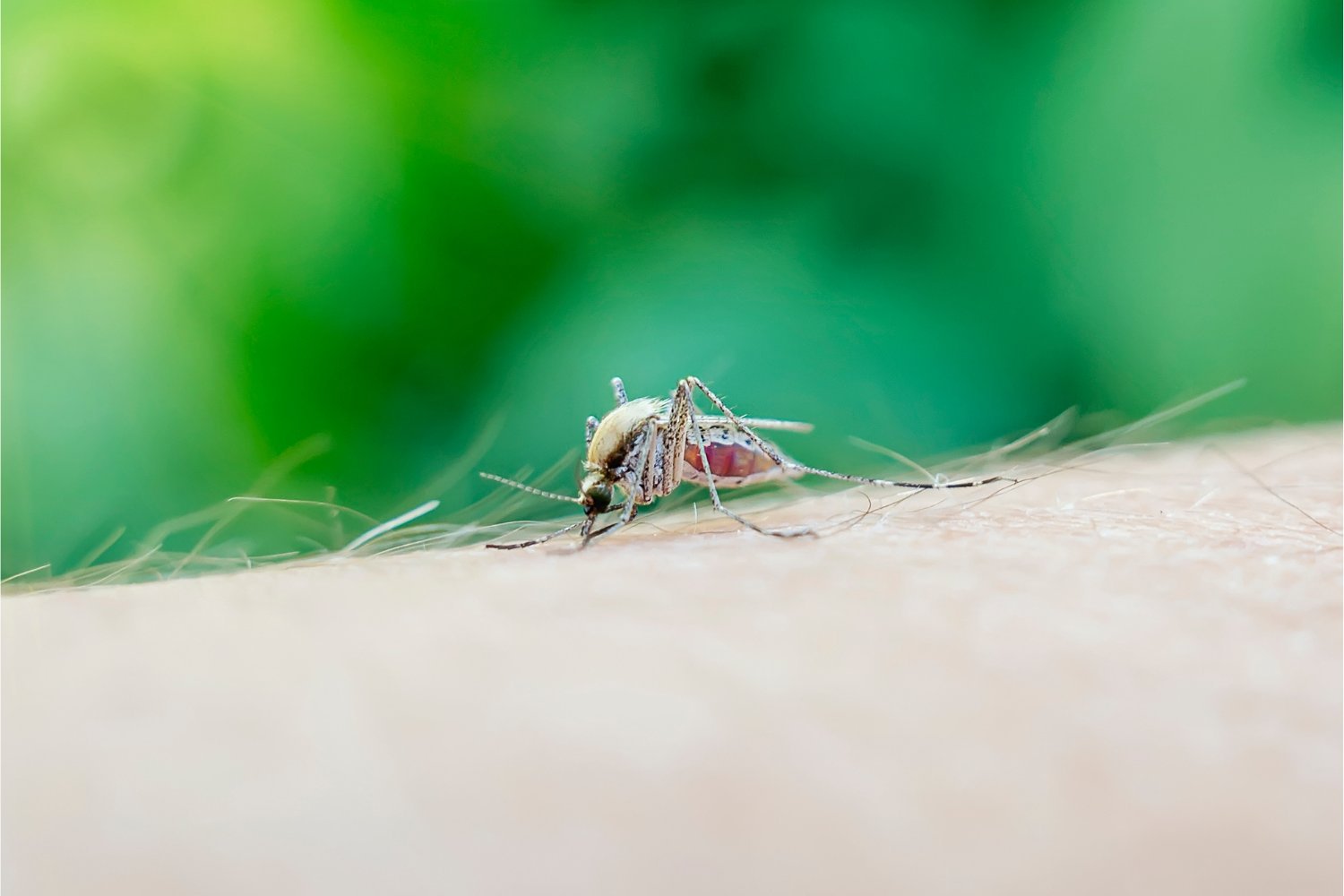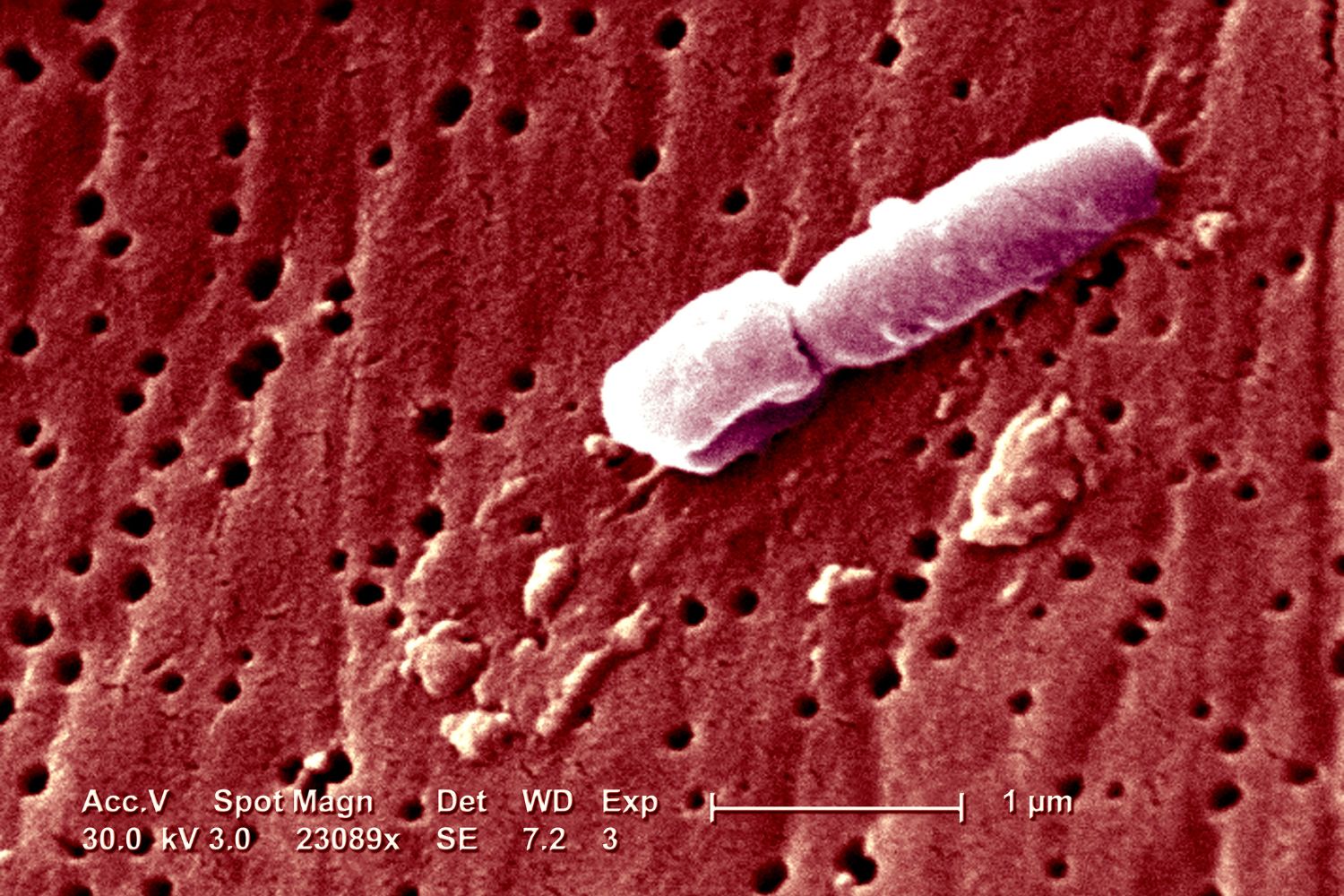Hot flashes, a common and often debilitating symptom of menopause, affect approximately 80% of women. While hormone therapy has been an effective treatment, it carries potential risks that have led many women to seek alternative solutions. A new non-hormonal drug, elinzanetant, developed by Bayer, is showing promising results in Phase III clinical trials and may soon offer a much-needed alternative.
Hot flashes, also known as vasomotor symptoms, are characterized by sudden sensations of warmth, redness, and sweating, typically concentrated around the face, neck, and chest. Night sweats are similar but occur during sleep. These episodes can be extremely uncomfortable and disruptive, often leading to poor sleep, depression, and a decreased quality of life. While the duration of hot flashes varies, they can persist for years, sometimes even a decade or more, according to the Mayo Clinic.
Traditionally, hormone therapy, which replenishes declining estrogen and progesterone levels, has been effective in managing hot flashes. However, concerns arose in the late 1990s regarding potential links between hormone therapy and increased risks of heart disease, breast cancer, and stroke. Although subsequent research suggests these risks may have been overstated, particularly for women who begin therapy before age 60 or within ten years of their last period, as highlighted by the North American Menopause Society, hormone therapy remains less prevalent than before. Furthermore, some women, such as those with a history of breast cancer, face higher risks from hormone therapy.
Non-hormonal options for hot flash relief have been limited, often involving low doses of certain SSRIs. However, recent scientific advancements have shed light on the underlying mechanisms of hot flashes, focusing on KNDy neurons, which produce kisspeptin, neurokinin B (NKB), and dynorphin. Blocking specific receptors on these neurons has shown promise in reducing hot flashes safely. In May 2023, the FDA approved fezolinetant, the first drug to treat hot flashes by blocking the NK3 receptor.
Elinzanetant distinguishes itself by blocking both NK3 and NK1 receptors, a dual-action approach aimed at alleviating not only hot flashes but also associated sleep disturbances. Two recent Phase III trials, published in JAMA, involving over 700 women experiencing moderate to severe hot flashes, provide compelling evidence for elinzanetant’s efficacy. Women taking the once-daily pill experienced significant reductions in hot flashes compared to the placebo group. By the study’s conclusion at 26 weeks, over 80% of participants on elinzanetant reported a greater than 50% reduction in symptoms, including those who switched to the drug after 12 weeks. Furthermore, participants experienced fewer sleep disruptions and reported improved menopause-related quality of life. Elinzanetant also demonstrated a favorable safety profile, with headaches and fatigue being the most common adverse events.
These positive results are consistent with findings from another Phase III trial announced earlier this year. Bayer is now preparing to submit data from all three trials to regulatory authorities, seeking approval for elinzanetant as a treatment for moderate to severe hot flashes. Approval seems likely, pending any unforeseen circumstances.
While the arrival of these new non-hormonal treatments offers significant hope, the issue of cost remains a concern. Fezolinetant, currently priced at around $550 per month, has limited insurance coverage. Wider coverage is anticipated as more drugs enter the market, but affordability could initially be a barrier for many women.
The development of elinzanetant marks a significant step forward in menopause management, offering a potential non-hormonal alternative for women seeking relief from hot flashes and associated sleep problems. As the drug moves closer to regulatory approval, it brings hope for improved quality of life for millions of women experiencing this challenging phase of life.











